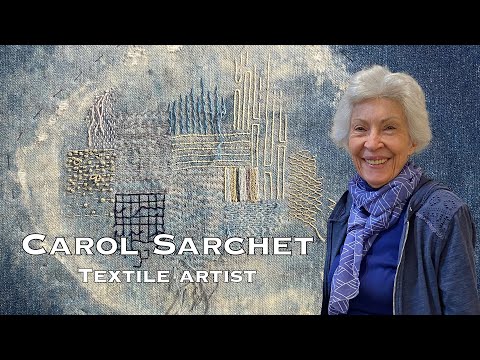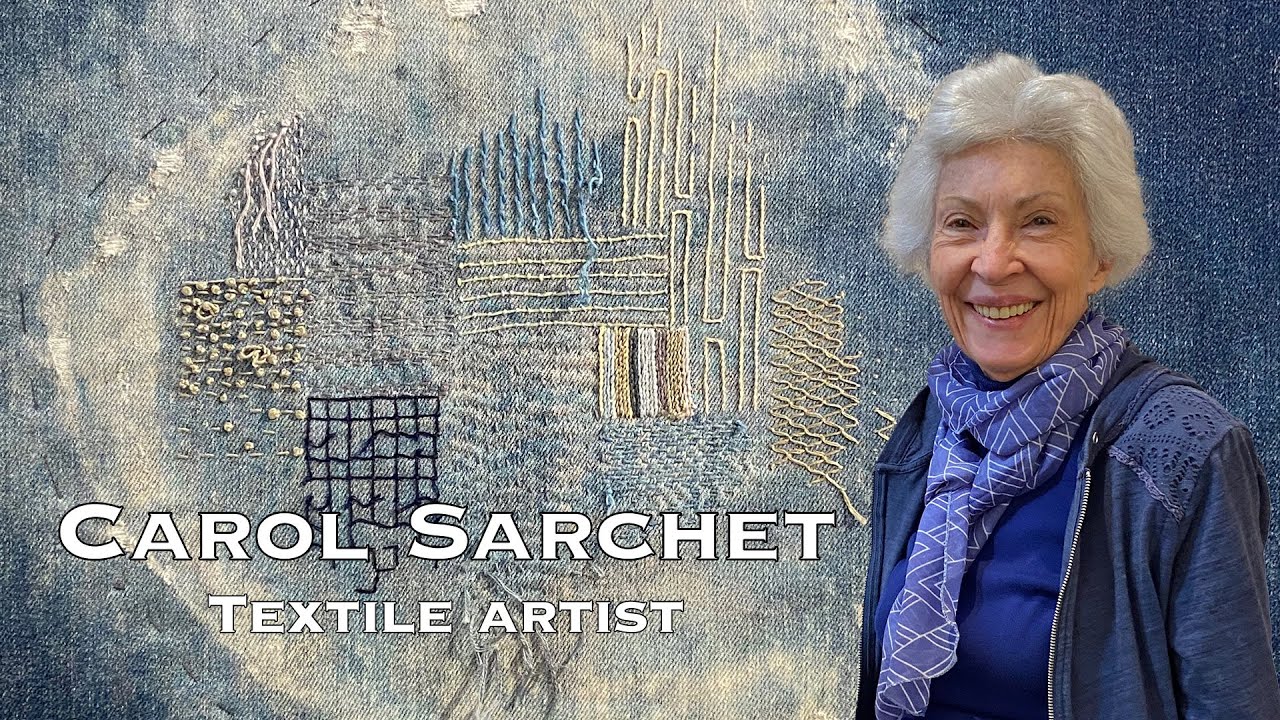Fabric art nouveau is a mesmerizing form of artistic expression that seamlessly blends intricate textile designs with the elegance and grace of the art nouveau movement. This captivating art form encompasses a wide array of mediums, including delicate embroidery, luxurious silk painting, and exquisite tapestry weaving. Art nouveau itself is renowned for its organic and flowing lines, inspired by the beauty of nature, and this ethos is beautifully translated into the world of fabric art nouveau. The meticulous craftsmanship and attention to detail found in these creations are nothing short of extraordinary, immersing viewers in a world of beauty and sophistication. Fabric art nouveau pieces often feature vibrant colors, rich textures, and elaborate motifs, evoking a sense of opulence and refinement. Whether displayed as a striking tapestry adorning a wall or worn as a stunning garment, these textile artworks have the power to captivate and transport the observer to a bygone era of artistic grandeur. Indulge in the allure of fabric art nouveau and be enchanted by the harmonious marriage of textile mastery and artistry, as this extraordinary art form weaves its spell upon your senses.

Fabric Art Nouveau: A Brief Introduction to an Artistic Movement
Fabric Art Nouveau, also known as Art Nouveau textiles, is a captivating artistic movement that emerged in the late 19th century and flourished until the early 20th century. Combining intricate designs, vibrant colors, and a celebration of nature, this unique style transformed the way fabric was used and appreciated. In this article, we will delve into the history, characteristics, and impact of Fabric Art Nouveau.
The Origins of Fabric Art Nouveau
Art Nouveau originated in Europe as a response to the industrialization and mass production that dominated the late 19th century. Architects, artists, and designers sought to break away from the monotony of machine-made objects and instead embraced a more organic and natural aesthetic. Fabric Art Nouveau was born out of this desire to infuse everyday objects, such as textiles, with beauty and individuality.
Characteristics of Fabric Art Nouveau
Fabric Art Nouveau is characterized by its intricate and flowing designs, inspired by natural forms such as flowers, plants, and animals. These motifs were often stylized and transformed into sinuous lines and curves, creating a sense of movement and rhythm on the fabric. The use of vibrant and bold colors was also a prominent feature, with rich jewel tones and contrasting hues creating a visually striking effect.
One of the distinctive aspects of Fabric Art Nouveau is its attention to detail. Textile designers embraced the use of embroidery, appliqué, and lacework to enhance their creations. Delicate hand-stitching techniques were employed to add depth and texture to the fabric, elevating it from mere functional material to a work of art.
Influential Artists and Designers
Several artists and designers played a significant role in the development and popularization of Fabric Art Nouveau. One of the most notable figures is Alphonse Mucha, a Czech artist known for his iconic posters featuring elegant women surrounded by intricate floral patterns. Mucha’s designs showcased the essence of the Art Nouveau movement, and his work greatly influenced textile design.
Another influential figure in Fabric Art Nouveau is William Morris, an English textile designer and writer. Morris championed the idea of craftsmanship and rejected mass production, emphasizing the importance of creating beautiful and meaningful objects by hand. His textile designs, often featuring intricate floral patterns, remain highly regarded to this day.
The Legacy of Fabric Art Nouveau
Fabric Art Nouveau had a lasting impact on the world of textiles and design. Its innovative approach to pattern and color continues to inspire contemporary fabric artists and designers. The emphasis on craftsmanship and attention to detail also left a mark, reminding us of the value of creating objects that are both functional and aesthetically pleasing.
Additionally, Fabric Art Nouveau contributed to the broader Art Nouveau movement, which influenced various art forms such as architecture, furniture design, and jewelry. The organic and flowing lines characteristic of Art Nouveau can be seen in the works of renowned architects like Antoni Gaudí and Hector Guimard, as well as in the intricate jewelry designs of René Lalique.
Appreciating Fabric Art Nouveau Today
Although the heyday of Fabric Art Nouveau has passed, its beauty and significance continue to captivate art enthusiasts and collectors. Vintage fabric pieces from this era are highly sought after and can be found in specialty antique stores and online marketplaces. Owning a piece of Fabric Art Nouveau allows one to connect with a rich artistic heritage and adds a touch of elegance and sophistication to any interior.
Furthermore, contemporary fabric artists and designers draw inspiration from Fabric Art Nouveau, incorporating its motifs and principles into their work. By adapting and reinterpreting the essence of this movement, they ensure that Fabric Art Nouveau remains relevant and vibrant in the modern world.
In conclusion, Fabric Art Nouveau stands as a testament to the creativity and artistic vision of its creators. Its detailed designs, vibrant colors, and celebration of nature continue to inspire and captivate audiences around the world. By understanding and appreciating the history and characteristics of Fabric Art Nouveau, we can gain a deeper appreciation for this remarkable artistic movement.
“Unraveling Threads: An Inspiring Conversation with Textile Artist Carol Sarchet”
Video Source : Ivory Blush Roses
Fabric Art Nouveau
Fabric Art Nouveau
| Origin | Influences | Characteristics |
|---|---|---|
| France, late 19th century | Japanese woodblock prints, Rococo style, Celtic art, and nature |
|
Fabric Art Nouveau, which emerged in France during the late 19th century, is a captivating artistic movement that combines elements from various influences such as Japanese woodblock prints, Rococo style, Celtic art, and nature itself. This unique fusion resulted in a distinct aesthetic that holds immense appeal even today.
The characteristics of Fabric Art Nouveau are marked by elaborate and intricate designs. Inspired by the organic forms found in nature, the movement employed curved lines and flowing shapes to create mesmerizing patterns. The use of rich, vibrant colors and luxurious materials further emphasized the opulence of this style.
Floral motifs, including lilies, irises, and peacock feathers, were commonly featured in Fabric Art Nouveau designs. These motifs, combined with the movement’s dedication to handcraftsmanship and attention to detail, resulted in stunning textile pieces that showcased the mastery of the artisans.
Fabric Art Nouveau artists also integrated various textile techniques into their creations. Embroidery, tapestry, and lacework were among the techniques employed to add depth and texture to the fabrics, further enhancing the overall visual appeal.
Today, Fabric Art Nouveau continues to inspire and captivate art enthusiasts worldwide. Its unique blend of influences and its commitment to intricate craftsmanship make it a truly remarkable artistic movement.

